News
July 17, 2019
NRF expects record spending for school and college supplies
The annual survey released by the National Retail Federation (NRF)and Prosper Insights and Analytics expects back-to-school spending to reach record levels. As students gear up to go back to school and college, families plan to spend more than ever on supplies ranging from pencils and backpacks to computers and dorm refrigerators.
“Consumers are in a strong position given the nation’s growing economy, and we see this reflected in what they say they will spend on back-to-class items this year,” said Matthew Shay, president and CEO for NRF. “We’re expecting record spending and retailers are ready to provide students with all the items they need for a successful school year.”
Families with children in elementary school through high school plan to spend an average $696.70. That’s up from $684.79 last year and tops the previous record of $687.72 set in 2017. With fewer families surveyed saying they have children in grades K-12, spending is expected to total $26.2 billion, down from last year’s $27.5 billion despite the increase in per-household spending.
Families with college students are expected to spend an average $976.78, which is up from last year’s $942.17 and tops the previous record of $969.88 set in 2017. With fewer survey respondents saying they are attending college, spending is expected to total $54.5 billion, down from last year’s record $55.3 billion.
Total spending for K-12 schools and college combined is projected to reach $80.7 billion, down from last year’s $82.8 billion largely because of the decreased number of households with children in elementary through high school.
Expected Top-Sellers
According to the survey, clothing and accessories will top K-12 families’ expenses at an average $239.82, followed by electronics such as computers, calculators and phones ($203.44); shoes ($135.96) and supplies such as notebooks, pencils, backpacks and lunch boxes ($117.49). K-12 families plan to do most of their shopping at department stores (53 percent), discount stores (50 percent), online (49 percent), clothing stores (45 percent) and office supply stores (31 percent).
Gen-Z Shoppers
Among K-12 shoppers, teens are expected to spend an average $36.71 of their own money, up from $30.88 10 years ago, while pre-teens should spend $26.40, up from $11.94 10 years ago.
“Members of Generation Z are clearly becoming more involved with back-to-school purchasing decisions rather than leaving the choices up to mom and dad,” Shay said. “Over the years, both teens and pre-teens are spending more of their own money on back-to-school items.”
College Shoppers
College shoppers plan to spend the most on electronics ($234.69), followed by clothing and accessories ($148.54), dorm and apartment furnishings ($120.19) and food items ($98.72). They plan to do most of their shopping online (45 percent), followed by department stores (39 percent), discount stores (36 percent), college bookstores (32 percent) and office supply stores (29 percent).
“College shoppers are really showing their school spirit when it comes to buying collegiate gear this year,” said Shay. Spending on college-branded items is expected to average $62.22, up 17 percent from last year.
For online purchases, 90 percent of K-12 and 85 percent of college shoppers plan to take advantage of free shipping.
“Back-to-class shoppers still have the bulk of their shopping to do and are waiting to see what the best deals and promotions will be at a variety of different retailers,” Prosper Insights Executive Vice President of Strategy Phil Rist said. The survey found 89 percent of both K-12 and college shoppers still had half or more of their purchases left to complete. Of those, 49 percent were waiting for the best deals for items on their lists.
The survey of 7,660 consumers was conducted July 1-July 8 and has a margin of error of plus or minus 1.2 percentage points.






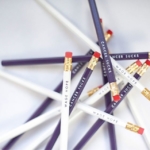
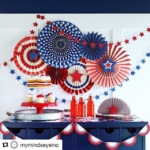

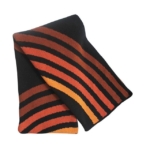


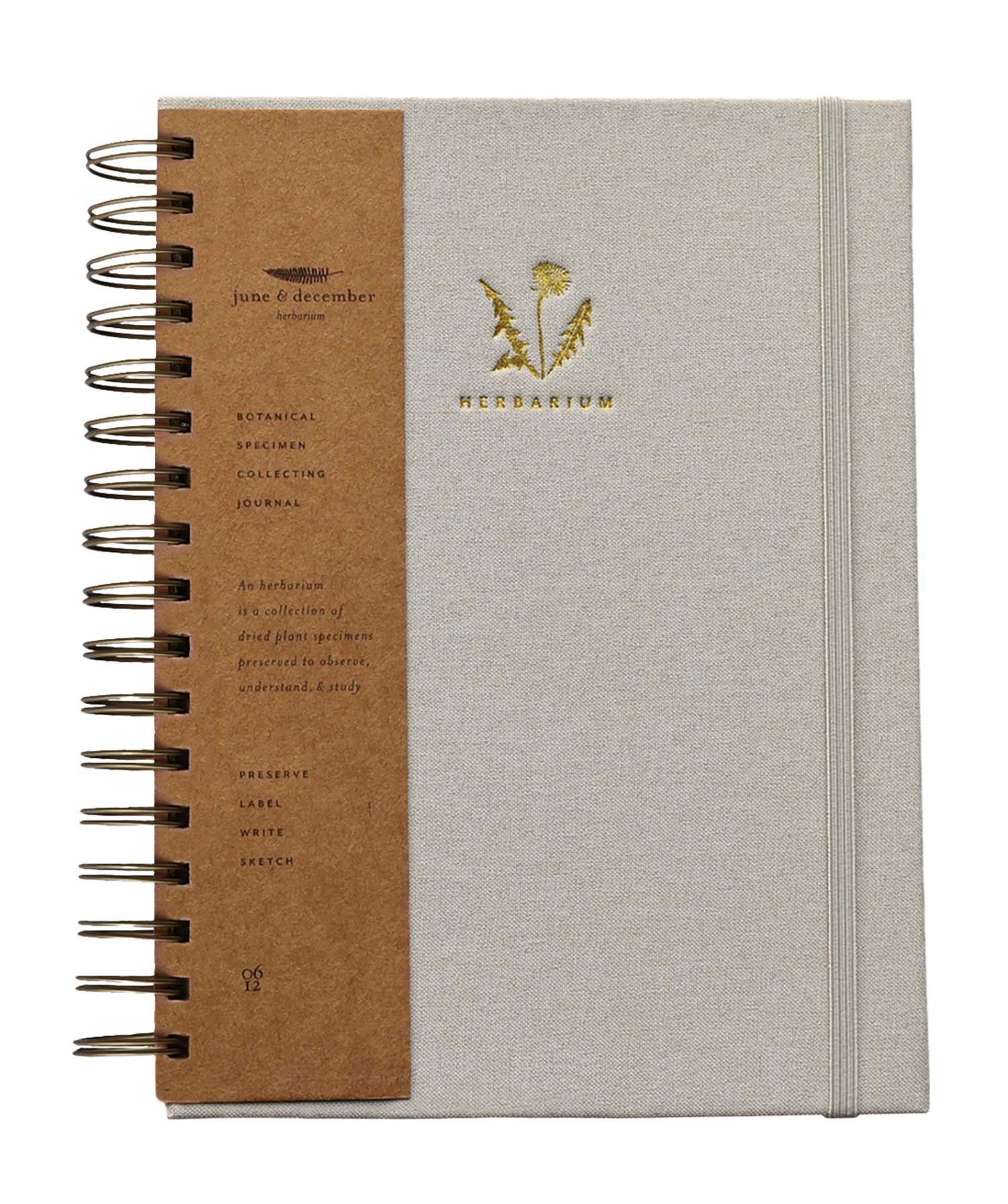






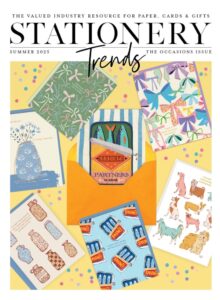
0 CommentsComment on Facebook